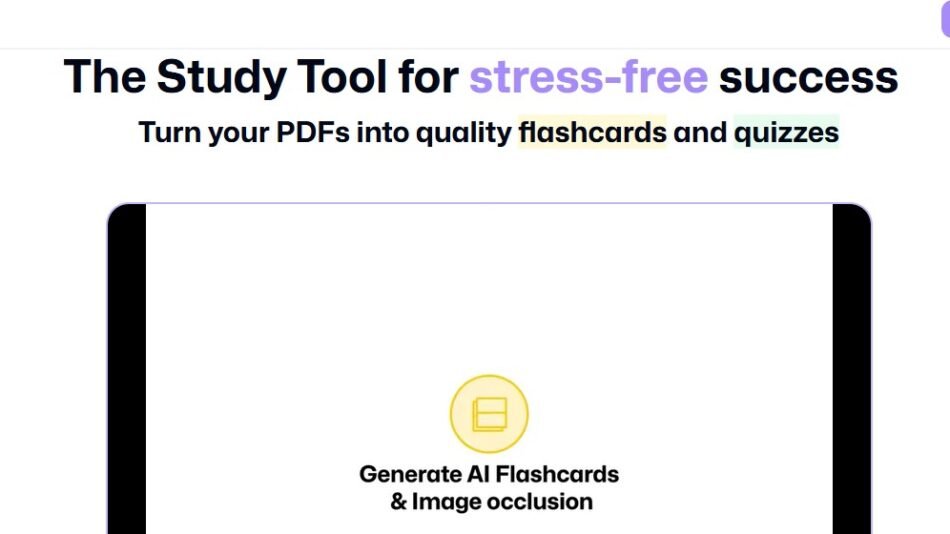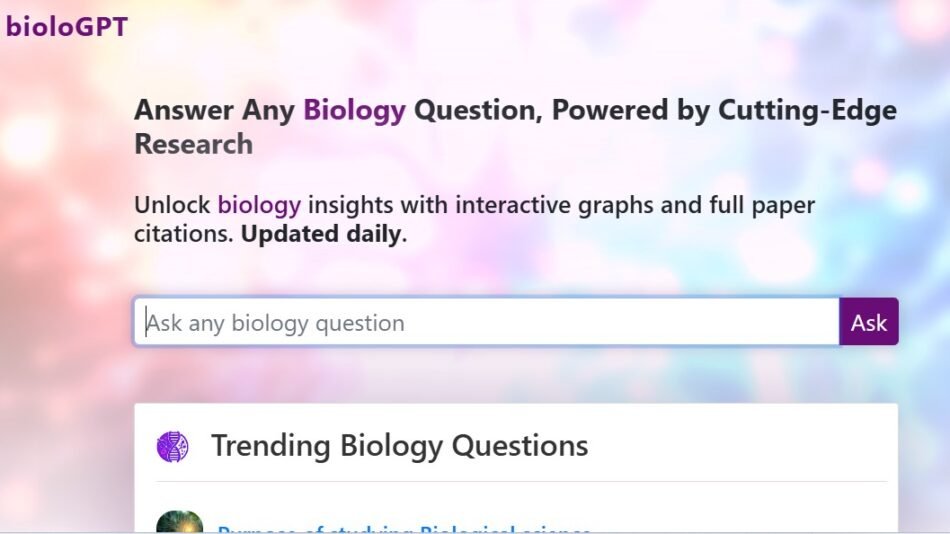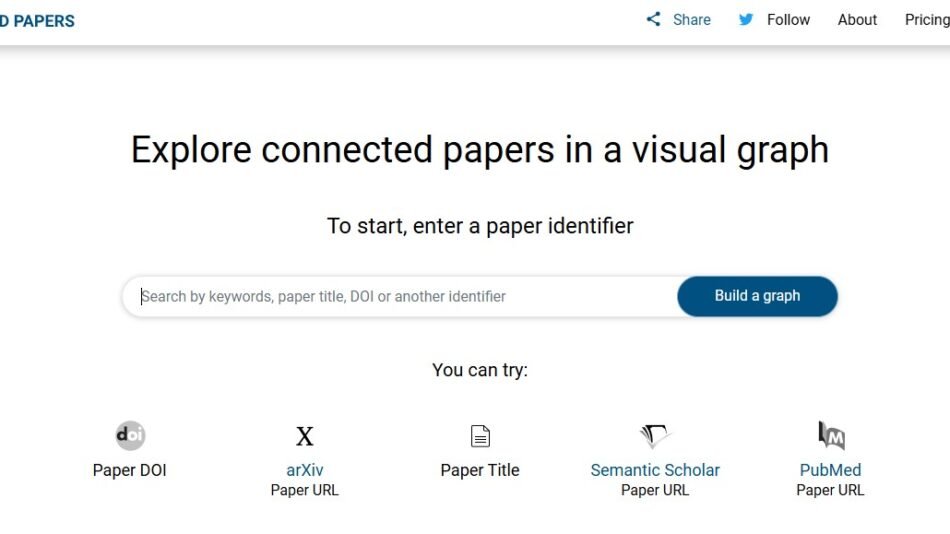Globe Engineer Explorer is a cutting-edge platform that enables users to visualize and analyze
geospatial data in an interactive 3D environment. Designed for engineers, researchers, and
educators, this tool allows for real-time data exploration and offers insights into a wide range of
geographic and environmental phenomena. This article covers its features, practical applications,
and benefits for professionals needing detailed spatial analysis.
Key Features of Globe Engineer Explorer
1. 3D Geospatial Visualization: Transform 2D data into 3D models, enhancing the ability to
study geographic features in detail.
2. Real-Time Data Mapping: Access and visualize real-world data updates in a dynamic,
interactive format.
3. Customizable Data Layers: Layer different types of geospatial information, from climate
data to infrastructure and urban planning.
4. User-Friendly Interface: Provides accessible tools for manipulating 3D visuals, making
complex data comprehensible.
5. Cloud-Based Access: Available on any device with internet access, ensuring usability for
remote teams and researchers.
How Globe Engineer Explorer Works
Users start by selecting the dataset or geographical region they want to explore. The platform
transforms this data into a 3D visualization, allowing users to adjust viewing angles, add data layers,
and analyze information interactively. Globe Engineer Explorer’s real-time data capabilities also
make it easy to view recent changes in environmental and urban data.
Use Cases for Globe Engineer Explorer
Urban Planning and Development: Model cities and infrastructure for planning and
visualization.
Environmental Research: Track environmental changes, such as deforestation or climate
impact.
Education and Training: Provide students with immersive, hands-on learning in geology,
geography, and environmental science.
Disaster Management: Simulate and visualize data for natural disaster preparedness and
response planning.
Globe Engineer Explorer Pricing
Globe Engineer Explorer offers free access with basic visualization tools, while premium options
unlock additional data layers and advanced analytics. For specific pricing information, visit Globe
Engineer Explorer’s website.
Strengths of Globe Engineer Explorer
High-Quality 3D Visualizations: Provides detailed, realistic 3D maps for in-depth analysis.
Diverse Application Range: Suitable for professionals in urban planning, environmental
science, and education.
Cloud Accessibility: Enables collaboration and remote access, making it ideal for distributed
teams.
Drawbacks of Globe Engineer Explorer
Advanced Features May Require Subscription: Premium features and detailed data layers
are only available through paid plans.
Requires Strong Internet Connection: Optimal performance relies on high-speed internet,
particularly for real-time data.
Globe Engineer Explorer vs. Other Geospatial Platforms
Globe Engineer Explorer vs. Google Earth Pro
While Google Earth Pro offers similar 3D mapping capabilities, Globe Engineer Explorer is more
focused on customizable data layers and real-time updates, catering specifically to engineering and
environmental professionals.
Globe Engineer Explorer vs. ArcGIS Online
ArcGIS offers advanced GIS analysis tools, whereas Globe Engineer Explorer is more accessible,
providing quick visualization and an intuitive interface ideal for those new to GIS technology.
Customer Reviews and Testimonials
Users highlight Globe Engineer Explorer’s 3D mapping quality and ease of use, especially for
visualizing complex datasets. Many appreciate the cloud-based accessibility, although some suggest
adding more data layers for specific industry needs.
Conclusion
Globe Engineer Explorer is a valuable platform for anyone requiring detailed geospatial visualization.
With its 3D models, real-time data capabilities, and cloud-based design, it’s a great choice for
professionals in urban planning, environmental science, and education. Explore its features further
at Globe Engineer Explorer.















